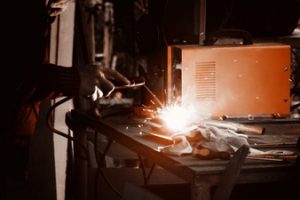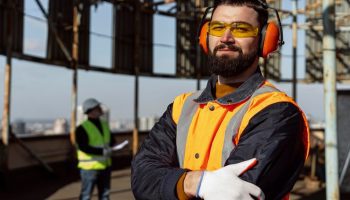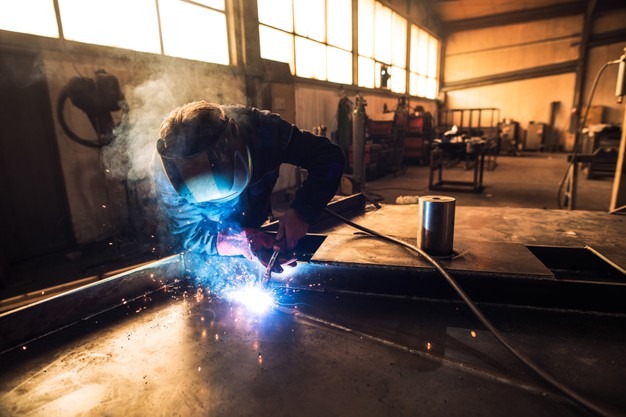Welding is a key industrial process that allows materials to be chemically fused through exposure to extreme heat. Before you pick up your welding kit and begin fusing metals, you’ll need to consider some rather indispensable factors. Never weld before you have received training from an experienced operator.
How Will You Stay Safe?

All welding is dangerous. Proper precautions need to be taken in order to avoid serious burns, ‘arc eye’ blindness, and electrical shock injuries. Because welding involves the chemical fusing of metals, dangerous gasses are often produced and released from the joint as it is fused. This has caused asphyxiation when welders are not provided with adequate masks and ventilation.
All welders need to wear gloves, a heat shield mask, and full-body overalls.
What Material Are You Binding?
It is absolutely crucial that you know what materials you are binding. Almost every element of a welding job is dependent upon the materials being fused. Check out FastMetals to buy metal online for welding.
This is partly because different welding processes are more suitable for different materials. It is also because you’ll need to carefully choose the welding rod used to form part of the bond in the joint. Welding rods suitable for all sorts of metals are available. They usually have a steel core.
In recent years, the plastic welding rod has become commonplace for fusing, well, plastics. Glass welding rods are also available, although are not widely used.
What Process Will You Use?
There is not enough space in this article to go into depth about the applications of different welding processes. Typically, processes are split into two camps:
Arc Welding:
Arc welding is an electrical process. A strong current is drawn to the metals that are being fused in an ‘arc’. Arcing is when an electrical current jumps from one place to another. A lightning bolt is a classic example of an arc in nature.
Gas Welding:
Gas welding, often called oxyfuel welding, involves the combustion of a concentrated gas around the welding joint. The gas needs to reach around 3,100 Celsius in order to be effective.
Solid State:
Solid-state welding is the oldest type of metal fusing process and has been practiced by blacksmiths for thousands of years. It involves the heating and then hammering together of joints. It is not as strong or reliable as gas or arc welding but is suitable for the fusing of small items.
Have You Designed the Joint Well?
In order to create a welded bond of good and even strength, the two elements that you are joining together need to be highly compatible. There are 5 well-established types of welding joints. Butt, tee, corner, lap, and edge joints are all suitable for different applications.
No matter what kind of joint you are making it is crucial that surfaces are clean and flush. When learning to weld, you should make sure that you know about the kinetic stresses placed on welded joints so that you can pick the correct style for your design.




























